SOURCE: AFI


India’s defense landscape is undergoing a seismic shift, with the private sector emerging as a formidable force, challenging the long-standing dominance of Public Sector Undertakings (PSUs). While this rise signals a vibrant, innovative ecosystem, it has come at a cost for PSUs like Hindustan Aeronautics Limited (HAL), Bharat Electronics Limited (BEL), and others: a significant loss of key talent to private defense firms. Companies such as Tata Advanced Systems, Larsen & Toubro (L&T), and Adani Defence are luring skilled engineers, scientists, and executives with lucrative opportunities, raising concerns about the PSUs’ ability to retain expertise critical for India’s self-reliance in defense.
The Indian private defense sector has grown exponentially, driven by government initiatives like Make in India and the 2020 defense reforms, which opened doors for private players to bid on high-value contracts and collaborate with global giants. In 2024 alone, private firms secured orders worth over ?50,000 crore, including projects for artillery guns, drones, and missile systems. Companies like L&T have delivered advanced systems such as the K9 Vajra howitzer, while Tata’s partnership with Airbus for C-295 aircraft production showcases the sector’s technical prowess. This growth has created a demand for specialized talent, and private firms are capitalizing on their agility and resources to attract the best minds.
Continue readingSOURCE: AFI


India’s military aviation sector stands at a critical juncture, grappling with inefficiencies that threaten its ability to deliver cutting-edge capabilities to the armed forces. As global warfare evolves—evidenced by the transformative use of unmanned aerial vehicles (UAVs) in conflicts like Armenia-Azerbaijan and Russia-Ukraine—the Indian Air Force (IAF) remains the nation’s primary deterrent, reliant on Hindustan Aeronautics Limited (HAL) as its main equipper.
Yet, a fragmented ecosystem of overlapping government agencies, redundant projects, and organizational bloat hampers progress toward self-reliance. A time-bound review and rationalization of these entities, as argued by retired Air Vice Marshal Manmohan Bahadur in a recent opinion piece, is essential to ensure a focused path to indigenous excellence. This article explores the challenges and proposes a roadmap for reform, drawing on the need for efficiency, accountability, and strategic vision.
Continue readingSOURCE: AFI


For the fiscal year 2024-25, the Pakistan Air Force (PAF) has been allocated approximately 21.3% of the nation’s total defense budget, amounting to roughly $1.62 billion USD. This figure, while significant, raises eyebrows when juxtaposed against the PAF’s ambitious procurement plans: the acquisition of 40 J-35A stealth fighter jets from China, estimated at $70 million per unit, and participation in Turkey’s KAAN fifth-generation fighter jet program, with each unit carrying a hefty price tag of over $100 million, potentially climbing to $110 million.
The math doesn’t quite add up—purchasing 40 J-35As alone would cost $2.8 billion, far exceeding the PAF’s allocated budget, let alone adding the KAAN’s astronomical costs. So how does a cash-strapped nation like Pakistan, often teetering on the edge of economic collapse, fund such extravagant military upgrades? The answer lies in the Pakistani military’s shadowy financial ecosystem, where official budgets are just the tip of the iceberg, supplemented by a web of unconventional revenue streams ranging from legitimate commercial ventures to illicit black-market dealings.
Continue readingSOURCE: AFI


In a significant step toward deepening bilateral ties, Indian Defence Secretary Rajesh Kumar Singh is visiting Rome to advance strategic cooperation with Italy. The visit, which underscores the growing India-Italy Strategic Partnership, focuses on enhancing defence collaboration, maritime security, and industrial ties, with both nations exploring opportunities for joint weapons system development. This development aligns with India’s vision of self-reliance in defence manufacturing under the “Make in India” initiative and Italy’s ambition to strengthen its role as a key player in the Indo-Mediterranean geopolitical corridor.
On April 14, 2025, Rajesh Kumar Singh met with Italian Defence Minister Guido Crosetto in Rome, engaging in productive discussions to bolster defence cooperation. The talks emphasized the importance of the Indo-Mediterranean region as a vital link between Europe and the Indo-Pacific, where stability is critical for global security. According to sources, both sides expressed a keen interest in co-developing advanced weapons systems, leveraging their complementary industrial and technological capabilities.
Continue readingSOURCE: IDRW.ORG
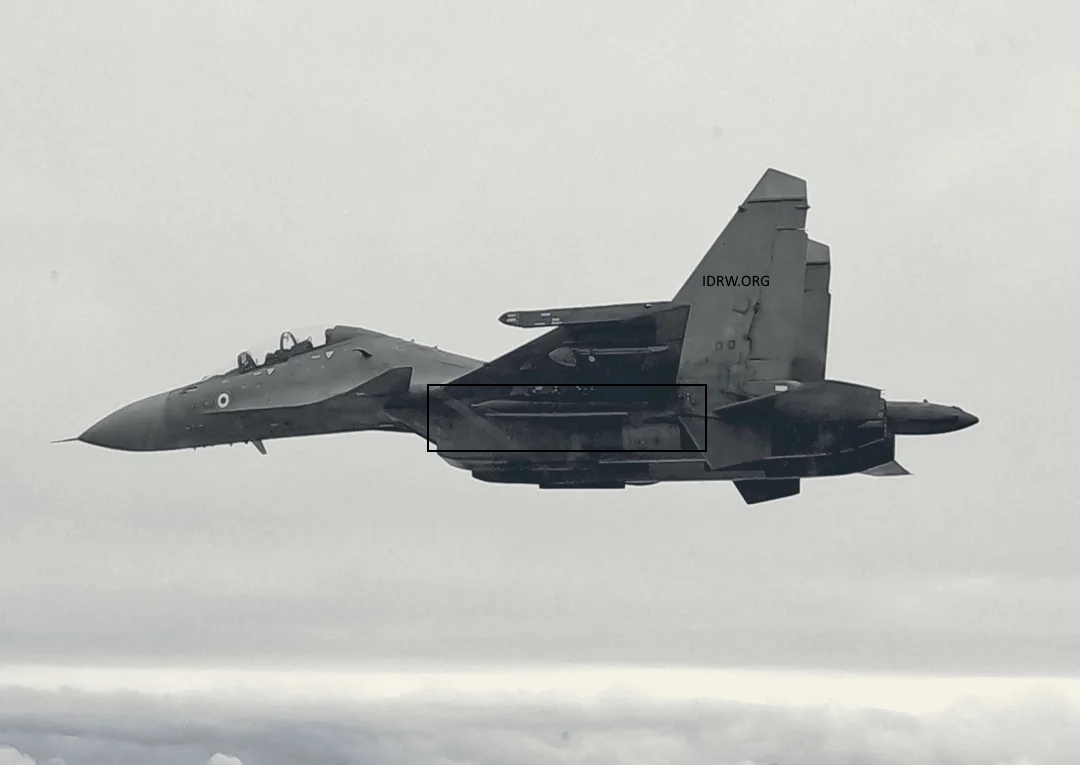

In a significant leap toward self-reliance in defense technology, the Indian Air Force (IAF) is integrating the cutting-edge Khagantak 225 glide bomb, a 243 kg precision-guided munition, with its formidable Su-30MKI fighter aircraft. Developed by Nagpur-based startup JSR Dynamics Pvt. Ltd., in collaboration with Bharat Electronics Limited (BEL), this indigenous weapon marks a historic milestone as the first glide bomb produced by India’s private sector. With advanced guidance systems, a potent warhead, and an impressive range, the Khagantak 225 enhances the IAF’s ability to conduct long-range, high-precision strikes while keeping its aircraft beyond the reach of enemy air defenses.
The Khagantak 225 is a long-range, stand-off glide bomb designed to deliver pinpoint accuracy against high-value targets. Weighing 243 kg, it carries a 108 kg warhead optimized for blast-fragmentation effects, making it ideal for engaging fortified structures, command posts, and other critical infrastructure. The bomb’s standout feature is its hybrid guidance system, combining Inertial Navigation System (INS) and Global Positioning System (GPS) for robust mid-course navigation, even in GPS-denied environments. In the terminal phase, a Mid-Wave Infrared (MWIR) seeker takes over, providing exceptional targeting precision by locking onto the heat signatures of designated targets.
Continue readingSOURCE: IDRW.ORG
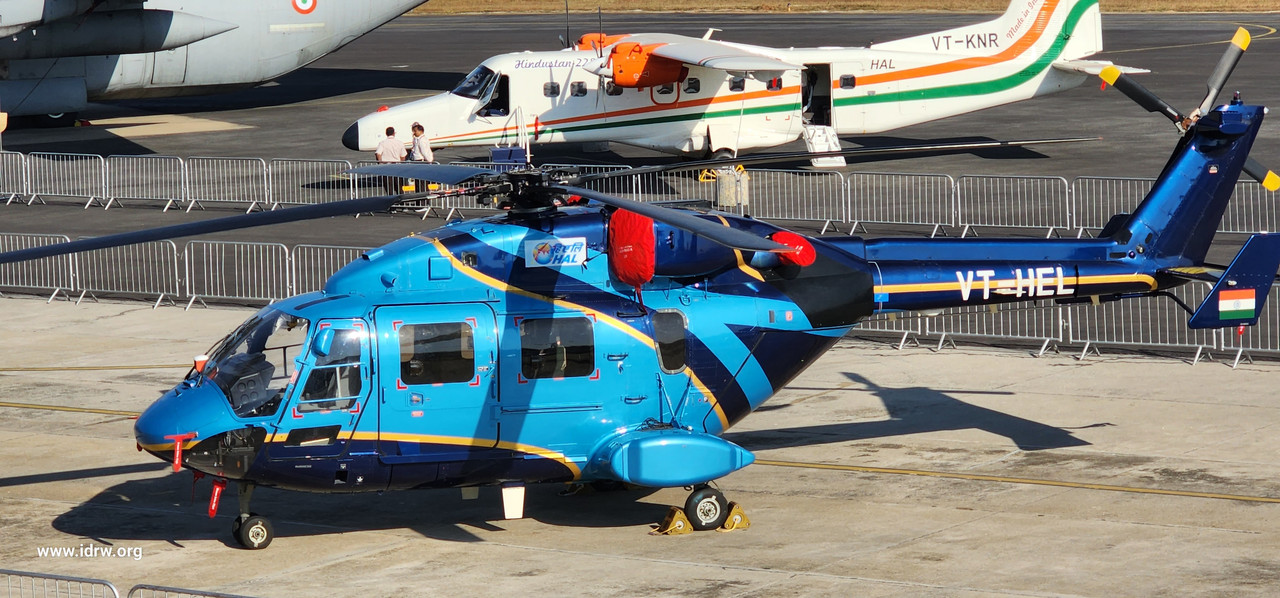

The Comptroller and Auditor General of India (CAG) has sharply criticized Hindustan Aeronautics Limited (HAL) for significant delays in securing European Aviation Safety Agency (EASA) certification for its Advanced Light Helicopter (ALH) Dhruv, specifically the civilian variant referred to as Helicopter 1 in the report.
The prolonged certification process, which spanned over a decade, resulted in impaired costs of ?108.24 crore and severely hampered HAL’s export potential, undermining its credibility in the international aviation market. The CAG’s findings, detailed in a recent report, highlight systemic issues in HAL’s approach to international civil aviation certification and call for urgent reforms to prevent similar setbacks in future projects.
Continue readingSOURCE: AFI


French aerospace giant Dassault Aviation has set its sights on establishing a state-of-the-art Maintenance, Repair, and Overhaul (MRO) facility and a Centre of Excellence near the upcoming Noida International Airport in Jewar, Uttar Pradesh. The proposal, announced on April 15, 2025, by the Yamuna Expressway Industrial Development Authority (Yeida), marks a significant step in strengthening India’s aerospace ecosystem and deepening India-France defense ties. The initiative, which includes plans for a skill development university in collaboration with India’s Ministries of Skill Development and Defence, aligns with the “Make in India” vision and positions Uttar Pradesh as a burgeoning hub for aviation innovation.
Dassault Aviation, renowned for its Rafale and Mirage 2000 fighter jets operated by the Indian Air Force (IAF), has expressed interest in setting up a dual-purpose MRO facility to service both civil and military aircraft. The facility will be located within a 1,365-hectare aviation hub designated under the second phase of the Noida International Airport project, slated to become operational by July 2025. Yeida CEO Arun Vir Singh, who also heads Noida International Airport Limited (NIAL), confirmed that discussions with Dassault are underway to finalize land requirements, with talks focusing on creating a comprehensive aerospace ecosystem.
Continue readingSOURCE: AFI


The Ordnance Depot at Avadi, under the aegis of the Indian Army’s Southern Command (@IaSouthern) and Dakshin Bharat Area (DBArea), has dispatched a batch of indigenously built Mahindra Light Specialist Vehicles (LSVs) for deployment with the Northern Command. These rugged, modular, and versatile vehicles, assembled at Avadi from kits supplied by Mahindra Defence Systems Limited (MDSL), are optimized for rapid field operations across diverse and harsh terrains, enhancing the Indian Army’s tactical mobility in challenging environments like Jammu and Kashmir and Ladakh.
This milestone underscores Avadi’s critical role in India’s defense logistics and the success of the Aatmanirbhar Bharat initiative in delivering homegrown solutions for national security.
Continue readingSOURCE: AFI
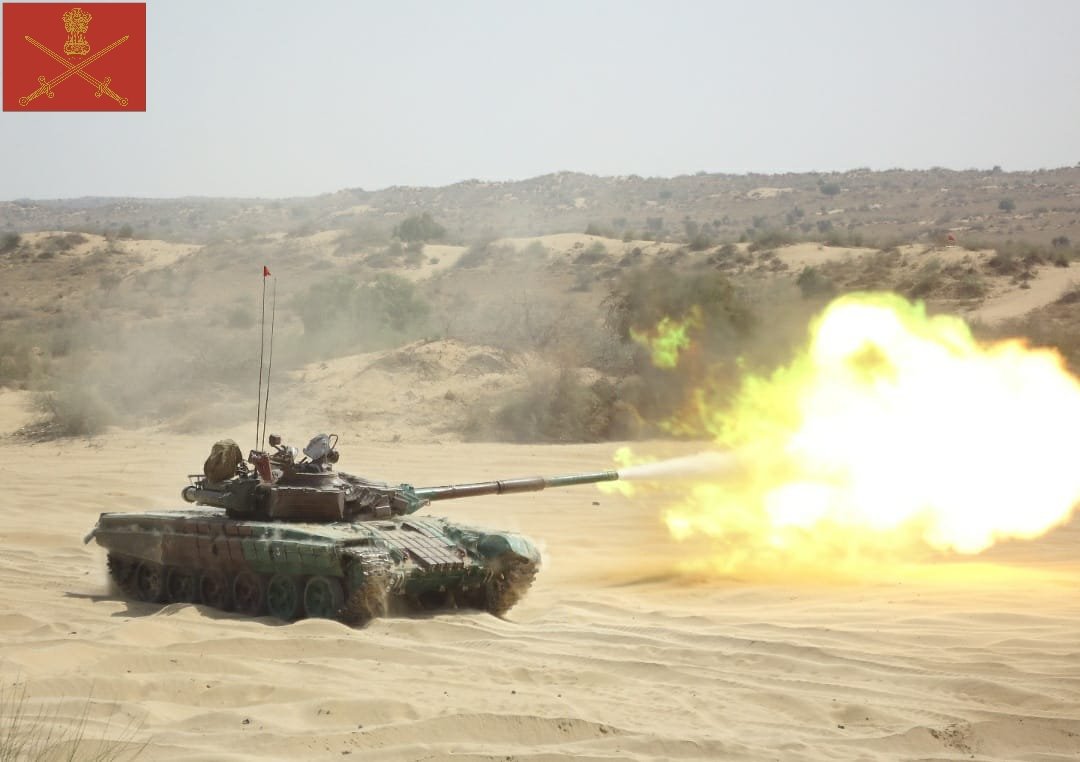

In a significant boost to the Indian Army’s armored capabilities, Vehicle Factory Jabalpur (VFJ), a key unit of Armoured Vehicles Nigam Limited (AVNL), has embarked on a critical mission to overhaul the Army’s fleet of T-72 tanks. The first T-72 tank was delivered to VFJ’s facility in Jabalpur on March 21, 2025, marking the start of a comprehensive refurbishment program aimed at extending the operational life of these battle-proven main battle tanks (MBTs). This initiative underscores VFJ’s pivotal role in India’s defense manufacturing ecosystem and aligns with the “Aatmanirbhar Bharat” vision of self-reliance in military modernization.
The T-72, a Soviet-designed MBT inducted into the Indian Army in the late 1970s, remains a cornerstone of India’s armored formations, with approximately 1,700 units in service alongside the more advanced T-90S Bhishma. Known for its reliability, mobility, and firepower, the T-72 has been a workhorse in India’s defense strategy, particularly along the western and northern borders. However, decades of operational use in diverse terrains, from the deserts of Rajasthan to the high-altitude regions of Ladakh, have necessitated extensive upgrades to maintain its combat effectiveness.
Continue readingSOURCE: AFI
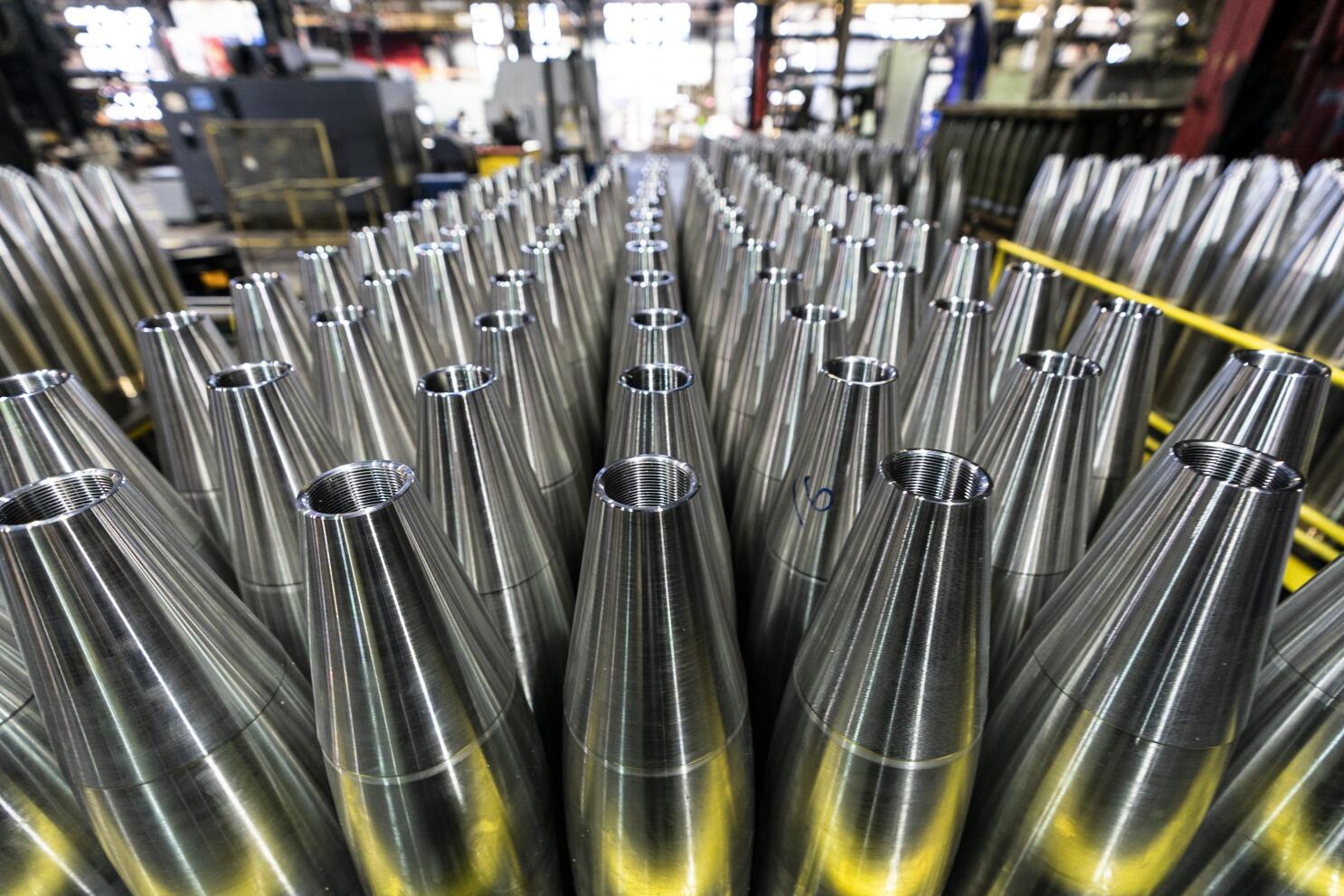

Sunita Tools Limited, a rising star in India’s defense manufacturing sector, has achieved a significant milestone with the receipt of a Major Letter of Intent (LOI) on March 21, 2025, for the supply of 100,000 empty 155mm M107 artillery shells. Valued between ?200-300 crore ($23-35 million), this order from a prominent defense supplier in a neutral and friendly Far Eastern country marks a pivotal moment for the Mumbai-based company, reinforcing its growing stature in the global defense supply chain. The contract not only underscores Sunita Tools’ technical prowess but also aligns with India’s ambitious goal of achieving $5 billion in defense exports by 2025, driven by the “Make in India” initiative.
The LOI, issued by a well-established defense supplier backed by the Ministry of Defence (MoD) of the Far Eastern nation, stipulates the delivery of 100,000 empty 155mm M107 artillery shells at a rate of 7,500 pieces per month, with the entire order to be fulfilled within 14 months. The 155mm M107 shell, a NATO-standard projectile, is a versatile and widely used munition compatible with various howitzers, including the Indian Army’s Dhanush, DRDO ATAGS, and K9 Vajra systems. Its global demand has surged amid ongoing conflicts and military modernization efforts, making this contract a strategic win for Sunita Tools.
Continue readingSOURCE: AFI


On April 16, 2025, Pakistan’s Army Chief, General Asim Munir, delivered a vitriolic speech at the Overseas Pakistanis Convention in Islamabad that laid bare the foundational ideology of Pakistan: an unapologetic rejection of Hindu identity, both religious and cultural. In a sweeping diatribe, Munir declared, “Our forefathers thought we were different from Hindus in every possible aspect of life. Our religion is different, our customs are different, our traditions are different, our thoughts are different, our ambitions are different. That’s where the foundation of the two-nation theory was laid.
We are two nations, we are not one nation.” This stark pronouncement from Pakistan’s most powerful figure not only reignited the divisive two-nation theory but also demolished the oft-repeated clichés peddled by India’s self-styled defense analysts and the so-called ‘Aman ki Asha’ cabal, who naively champion the idea that a “stable Pakistan” serves India’s interests.
Continue readingSOURCE: RAUNAK KUNDE / NEWS BEAT / IDRW.ORG


The Defence Research and Development Organisation (DRDO) has once again captured global attention with its Dhvani Blended Wing Body Hypersonic Glide Vehicle (HGV) program, following the recent unveiling of a full-scale model. Measuring nearly 9 meters in length with a width of 2.5 meters, the Dhvani HGV showcases India’s advancements in hypersonic technology, a domain previously dominated by global powers like the United States, Russia, and China.
While the DRDO has closely guarded the exact range of the Dhvani, exclusive insights obtained by idrw.org suggest that its reach surpasses the claimed 5,500 km range of the Agni-V missile.
Continue readingSOURCE: RAUNAK KUNDE / NEWS BEAT / IDRW.ORG


The Indian Navy’s quest for advanced heavyweight torpedoes (HWT) for its Kalvari-class submarines has taken a significant turn, with the Italian Black Shark torpedo emerging as the frontrunner. On April 15, 2025, The Economic Times reported that Germany’s ThyssenKrupp Marine Systems (TKMS) has withdrawn its bid to supply 48 HWTs, leaving the Italian Black Shark, developed by Leonardo Electronics, as a leading contender .
Despite competition from France’s Naval Group, the Black Shark’s competitive pricing and historical familiarity with the Indian Navy position it favorably—though its controversial past raises questions about its selection.
Continue readingSOURCE: RAUNAK KUNDE / NEWS BEAT / IDRW.ORG


According to sources close to idrw.org, the Indian Air Force (IAF) is reportedly pushing to secure access to the source code of the Dassault Rafale fighter jet. This move aims to enable deeper integration of Indian-made weapon systems into the Rafale fleet, enhancing operational flexibility and reducing dependency on foreign vendors for software updates.
While Dassault Aviation has already been engaged in integrating Indian weapons like the Astra Mk1 Beyond Visual Range Air-to-Air Missile (BVRAAM) and the Smart Anti-Airfield Weapon (SAAW) into the Rafale, the French manufacturer retains control over critical source codes for the jet’s Active Electronically Scanned Array (AESA) radar and Modular Mission Computer (MMC), which comprises 18 processor modules.
Continue readingSOURCE: AFI
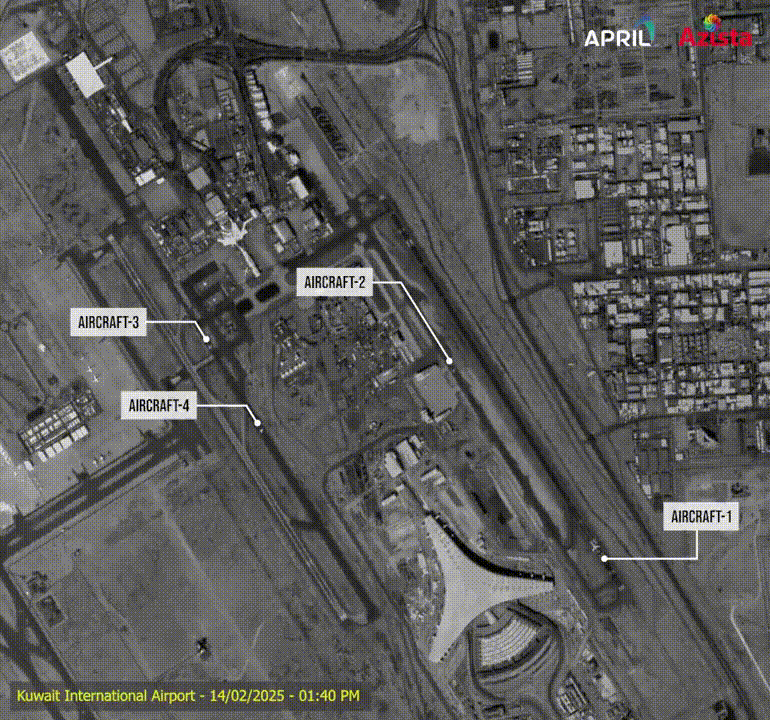

Azista BST Aerospace Pvt. Ltd. (ABA), a pioneering Indo-German joint venture between Azista Industries Pvt. Ltd. and Berlin Space Technologies GmbH, has achieved a significant milestone in satellite technology. On April 16, 2025, the company announced a groundbreaking feat: its ABA First Runner (AFR) satellite, operating in a sun-synchronous orbit at approximately 7 km/s, successfully captured video footage of an aircraft taking off from Kuwait Airport. This achievement underscores the convergence of aviation and advanced imaging technology, challenging conventional limits of satellite capabilities.
The AFR satellite, launched in June 2023 aboard SpaceX’s Falcon 9 Transporter-8 mission, is an 80 kg remote sensing satellite built on a modular bus platform. Designed as a technology demonstrator, it features a wide-swath optical payload with panchromatic and multispectral imaging capabilities, delivering resolutions of 1.5 meters (panchromatic) and 5 meters (multispectral) from an altitude of approximately 500 km. Its ability to record video from such a high-speed orbit—traveling at 7 km/s (about 25,200 km/h)—marks a leap forward in Earth observation technology.
Continue reading